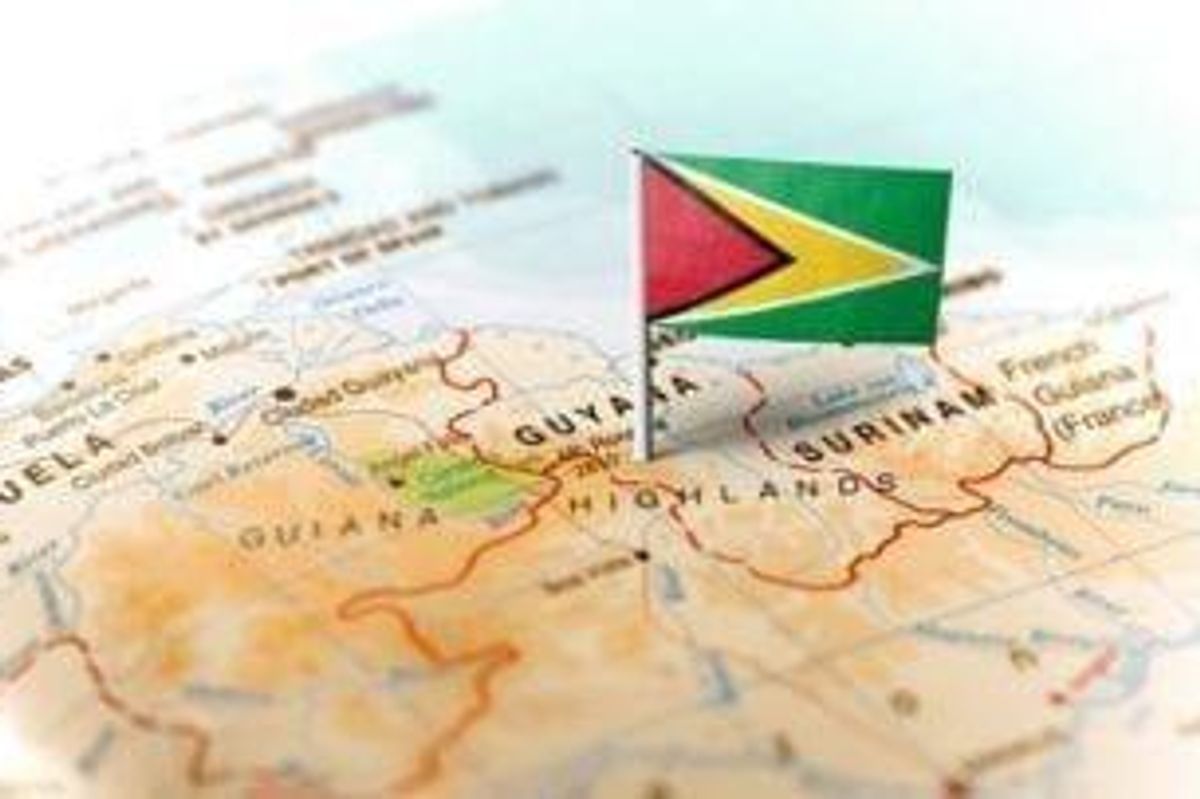
Some believe the tiny South American country could become the next oil hotspot.
One of the world’s biggest oil companies has recently turned its attention to Guyana, and experts around the world are taking note. Some believe the tiny South American country could become the next oil hotspot.
Since 2015, ExxonMobil (NYSE:XOM) has announced three oil finds in Guyana’s offshore area. The most recent discovery came earlier this month, when the company found 25 meters of “high-quality oil-bearing sandstone reservoirs” at its Snoek well in the Stabroek block.
The company has also hit oil at Stabroek’s Payara and Liza fields. The latter is estimated to contain up to 1.4 billion barrels of light oil.
“The latest discovery at Snoek demonstrates the continued success we have achieved in this technically complex play, which is just part of the significant exploration province offshore Guyana,” Steve Greenlee, president of ExxonMobil, said in a March 30 statement.
According to Wood Mackenzie, by the mid-2020s daily output from Starbroek could reach 450,000 barrels — a pretty respectable figure. “It’s not often that a country goes from 0 to 60 so fast like this,” said Matt Blomerth, head of Latin American upstream research at the firm.
Oil companies exploring Guyana
As mentioned, ExxonMobil began oil exploration in Guyana in 2015, drilling offshore in the Stabroek block. The company is working in partnership with Hess (NYSE:HES) and China’s CNOOC (NYSE:CEO).
First commercial oil from Starbroek will probably start flowing in 2020, but ExxonMobil is not the only company exploring in the country. Tullow Oil (LSE:TLW) and Eco (Atlantic) Oil & Gas (TSXV:EOG) are exploring the potential of a neighboring block called Orinduik.
Last year, when exploration started, that block was estimated to hold some 700 million barrels of oil equivalent. However, it is now thought to hold as many as 900 million.
Eco (Atlantic) CEO Gil Holzman told NewsBase Intelligence that ExxonMobil’s recent discoveries have turned Guyana into “one of the hottest exploration areas in the world right now.”
“The hit rate is getting better and better, because [companies] understand the basin geology much better. With every well that is being drilled and hit, it’s much easier to calibrate and understand how the geology of the entire Guyana-Suriname Basin works,” said Holzman. So far only one well at Stabroek has turned up dry.
Another company exploring in the country is Spanish-owned giant Repsol (BME:REP), which holds mining rights in an area of Guyana known as the Kanuku exploration block. It is located offshore 160 kilometers from the estuary of the Berbice River.
The company’s mining rights cover a net surface area of 4,568 square kilometers. In January, after ExxonMobil announced one of its three significant oil discoveries, Repsol applied to government for an exploration licence close to the Stabroek block.
At a recent conference, Guyana’s minister of natural resources, Raphael Trotman, pointed to a host of other players interested in the country’s petroleum sector. Those include Anadarko Petroleum (NYSE:APC), new entrant Ratio (TLV:RATI.L) and Mid Atlantic, a partly local interest.
CGX Energy (TSXV:OYL) also currently holds three licenses in the Guyana-Suriname Basin, an area that the US Geological Survey has identified as having the second-highest resource potential of the unexplored oil basins around the world, with an estimated 13.6 billion barrels of oil.
What’s next for oil in Guyana?
It certainly looks possible for Guyana to become an oil hotspot in the future, but it’s worth noting that there’s at least one possible barrier to the country’s success. While the country’s government currently administers the Snoek area, neighboring Venezuela has laid claim to the same part of the Stabroek block for hundreds of years.
At least one Venezuelan official has called for ExxonMobil to stop work in the area until the dispute is resolved, but at least for now a halt doesn’t seem to be in the cards. According to the Financial Times, the most recent news on the conflict came in February, when Antonio Guterres, secretary-general of the UN, appointed a Norwegian diplomat to help resolve the conflict.
It will be important for investors interested in oil in Guyana to keep an eye on that situation. But at least for now the future of the industry in the country looks bright.
“Infrastructure and viable energy options remain a challenge, and hopefully, with vision, planning and expected revenues, we can provide an energy mix that sees us using more renewables and selling the vast majority of our hydrocarbons,” Trotman said.
Don’t forget to follow us @INN_Resource for real-time news updates!
Securities Disclosure: I, Priscila Barrera, hold no direct investment interest in any company mentioned in this article.




